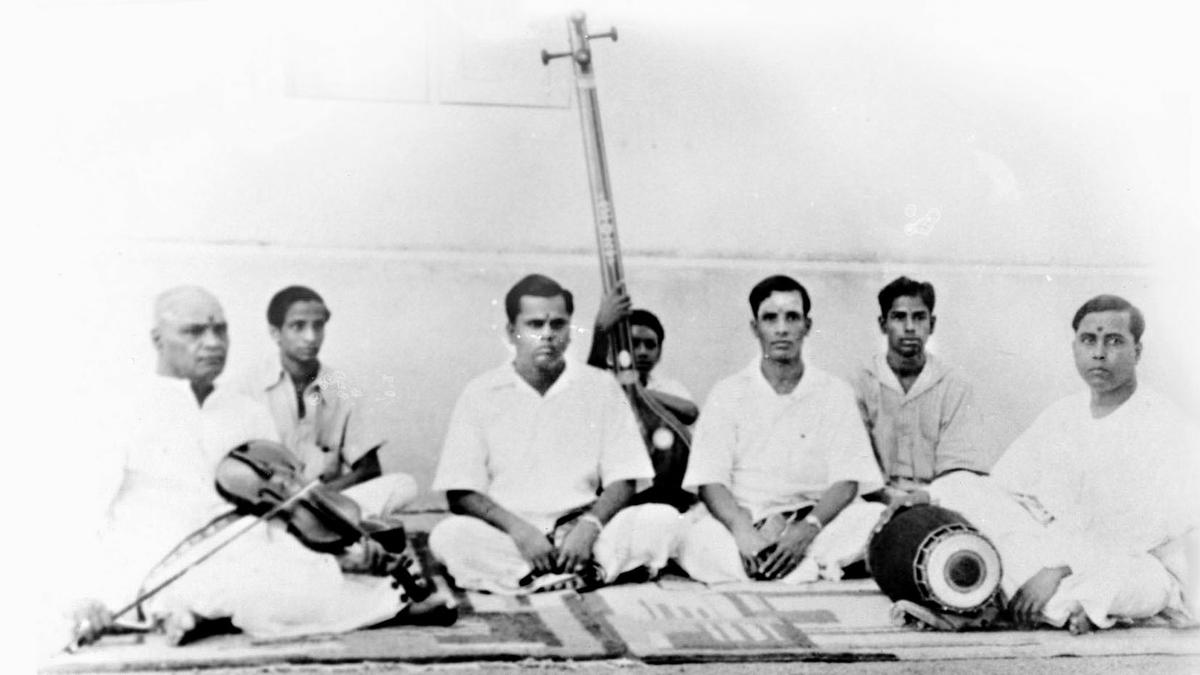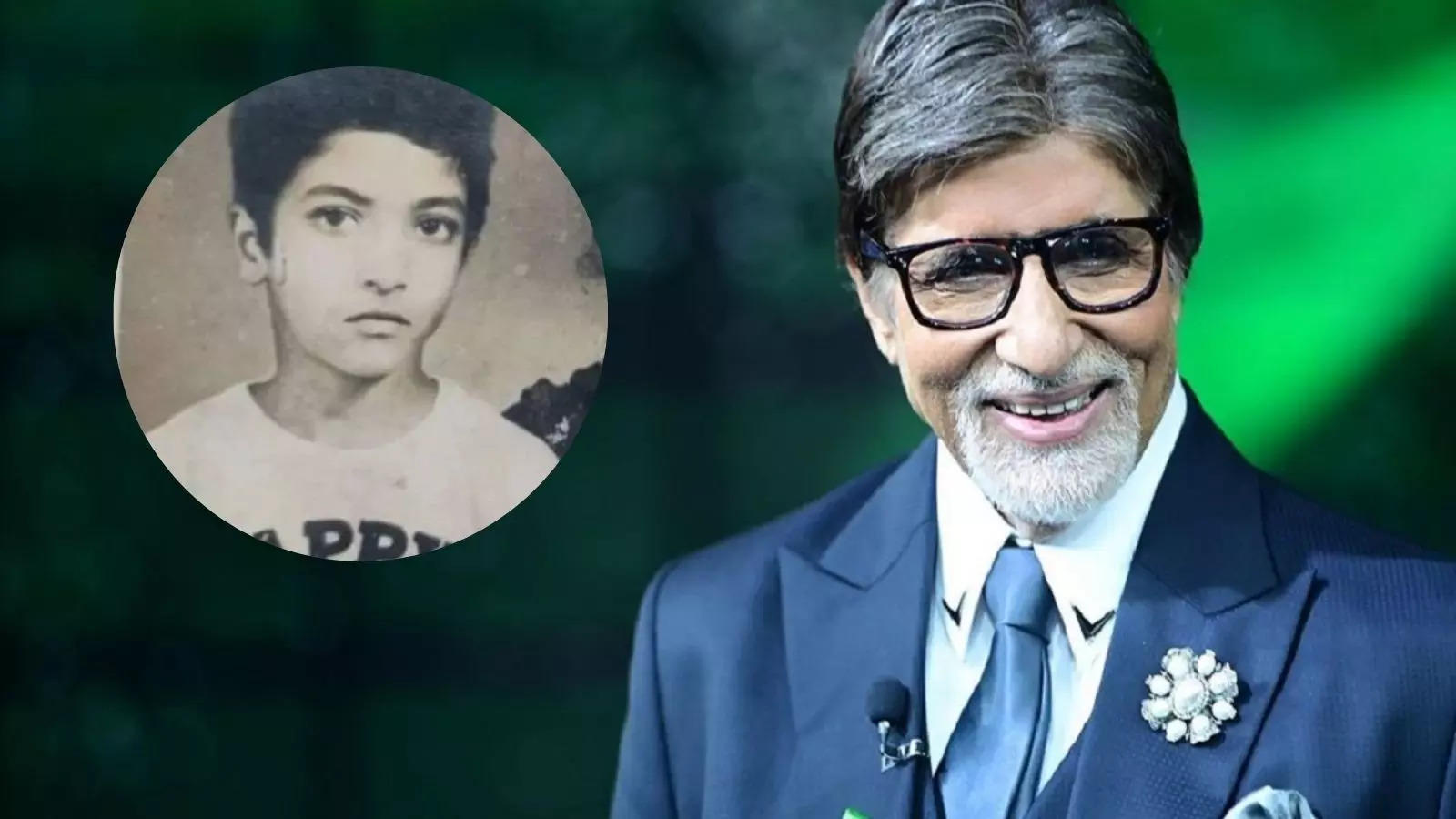Want to master different aspects of Carnatic music? Listen to the stalwarts

Nuanced listening is an integral part of classical music training.
Carnatic music students are often told to listen to yesteryear masters, in order to develop and finetune their art. The more serious ones do. What is the underlying principle in this pedagogical form? After all, many students today are fortunate to learn from current-day stalwarts directly. The very broad, ‘listen’ advice can be daunting, given the vast range of styles and repertoire of so many doyens. What to seek from whom? We examine what could be the potential considerations. Back in the days when preparing for the IIT JEE exam was still an art and a skill, and not an industry, we were directed to a few high quality books in the different subjects. I remember wrestling with the theories from Resnick & Halliday’s physics book or Sarin & Sarin’s chemistry book and S. L. Loney’s geometry book. These were considered as both working and reference books, but not the only sources. A few more additional books were ‘strongly’ recommended if one had the bandwidth to plough through them. One can draw a parallel to the Carnatic music realm here. The yesteryear masters did not create their masterly performances to serve as an educative tool, just as Resnick & Halliday did not know about IIT JEE exam. They all just pushed the envelope of performance or subject understanding further that gave them iconic status. G. N. Balasubramaniam| Photo Credit:The Hindu Archives There is a caveat though. Their all-round greatness notwithstanding, each one stood out for something in particular. For example, it is a maxim that one needs to listen to G.N. Balasubramaniam for his raga alapana construction and innovative phrases. I have myself listened to his Andolika or Amirtha Varshnini ragas many times, besides almost all the main ragas. Nagaswara exponent T.N. Rajarathnam Pillai seized proprietary rights to many alapanas as well. Similarly, Alathur Brothers trade-marked complex pallavi nadais and niravals. As a student, I was also told to listen to their Tyagaraja kritis, as they sang with a certain verve and spirit, that added more sparkle to the kritis. Manodharma was everyone’s forte, but some were better known than others. Ramnad Krishnan, M.D. Ramanathan were among those, if one was looking for a needle of brilliance in a haystack — an aha moment. M.S. Subbulakshmi| Photo Credit:The Hindu Archives Our music lays emphasis on both Kalpita and Kalpana aspects of rendition. Rendering a kriti effectively, laying it on a good kalapramanam and articulating choicest sangathis and delivering unalloyed beauty of a major composition were the hallmarks of Semmangudi and MS. The DKP and DKJ brand of kriti rendition was another delight, as there was an optimum beauty woven into them. If one needs a more experimentative lesson, it is customary to turn to Flute Mali, M.L. Vasanthakumari or S. Kalyanaraman. Madurai Mani Iyer has the patent for elegant sarvalagu swarams that did not interfere with hearing civility or test our mathematical brain cells. The parallel in cricket would be batting that looks easy on the eye (easy on our ears here). Madurai Mani Iyer’s music appeared deceptively easy though. Laya has an integral role in our music. Some like Alathur Brothers, Lalgudi Jayaraman and T. N. Seshagopalan in later years, took the challenge further and offer gold standard templates. Avid students marvel at raga expositions and kriti rendition of the Dhanammal school , whose grammar includes what is not a permitted phrase ! M.L. Vasanthakumari| Photo Credit:Special Arrangement Viruttam acquired its special status in the voices of the likes of Semmangudi, Ramnad Krishnan and a few others . Ragas had quasi owners too, by the sheen engineered by some performers — Maharajapuram school came to be renowned for Arabhi, Mukhari, Semmangudi for Varali, Neelambari, Ramnad Krishnan for Sahana or Begada — just a short enumeration of outstanding new vistas in raga ornamentation. K.V. Narayanaswamy with Palghat Mani Iyer on the mridangam and Lalgudi Jayaraman on the violin performing at the Edinburgh Festival in 1965.| Photo Credit:Special Arrangement I have always been fascinated by the amount of bhavam K.V. Narayanaswamy or D.K. Jayaraman or M.S. Subbulakshmi could bring to even simple kritis and tukkadas. One is not sure if that can really be learnt by mere listening. Yet it often presents the biggest challenge for a large number of aspiring musicians — going beyond the mechanics of presentation. So, like the ‘go to’ books for different subjects, there are specialist lessons that are inscribed in the music of many stalwarts. That such aspects were original innovations makes them the geniuses that they truly were. Living musicians have also developed unique styles and offer newer range of lessons. The ability to carve niches in styles and substance remain the eternal trade secret in Carnatic music. The word ‘bani’ is not an adequate articulation of what lies deep inside such music. Learners are called upon to assimilate the many performance guides accessible by listening, and blend into their native styles and voice capabilities. Copy link Email Facebook Twitter Telegram LinkedIn WhatsApp Reddit Friday Review / Carnatic Classical / classical music






0 Comments